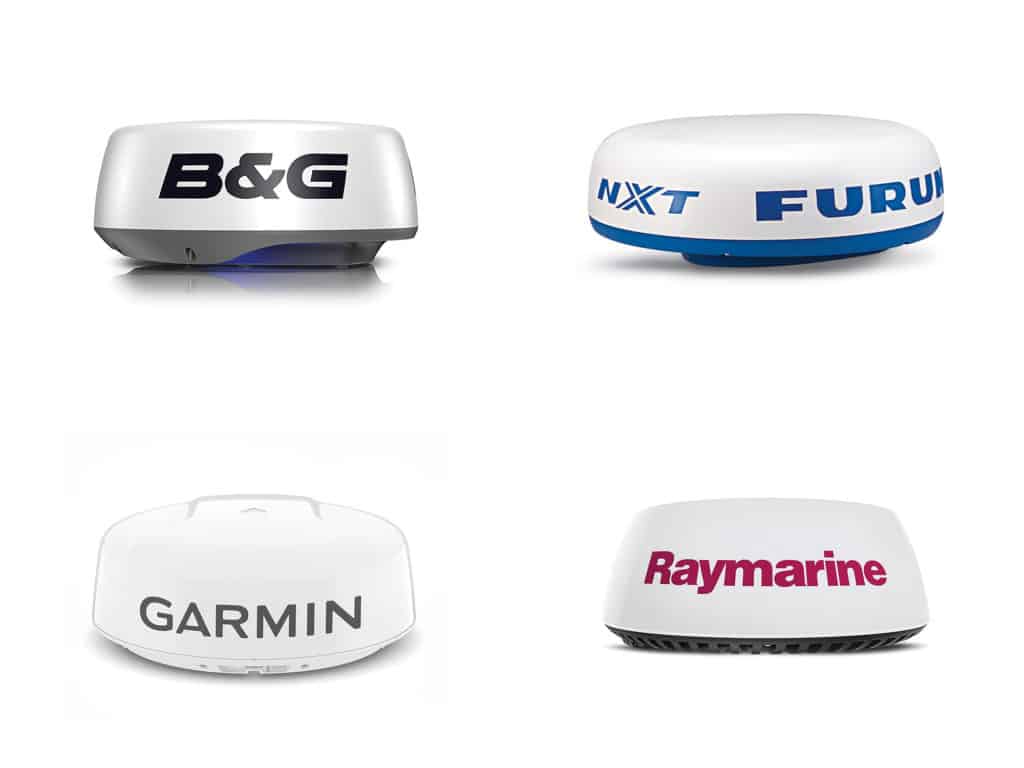
4 Best Radome-enclosed Boat Radar Options for Recreational Sailors
These radome-enclosed, Doppler-enabled radars can bolster situational awareness and safety.

These radome-enclosed, Doppler-enabled radars can bolster situational awareness and safety.
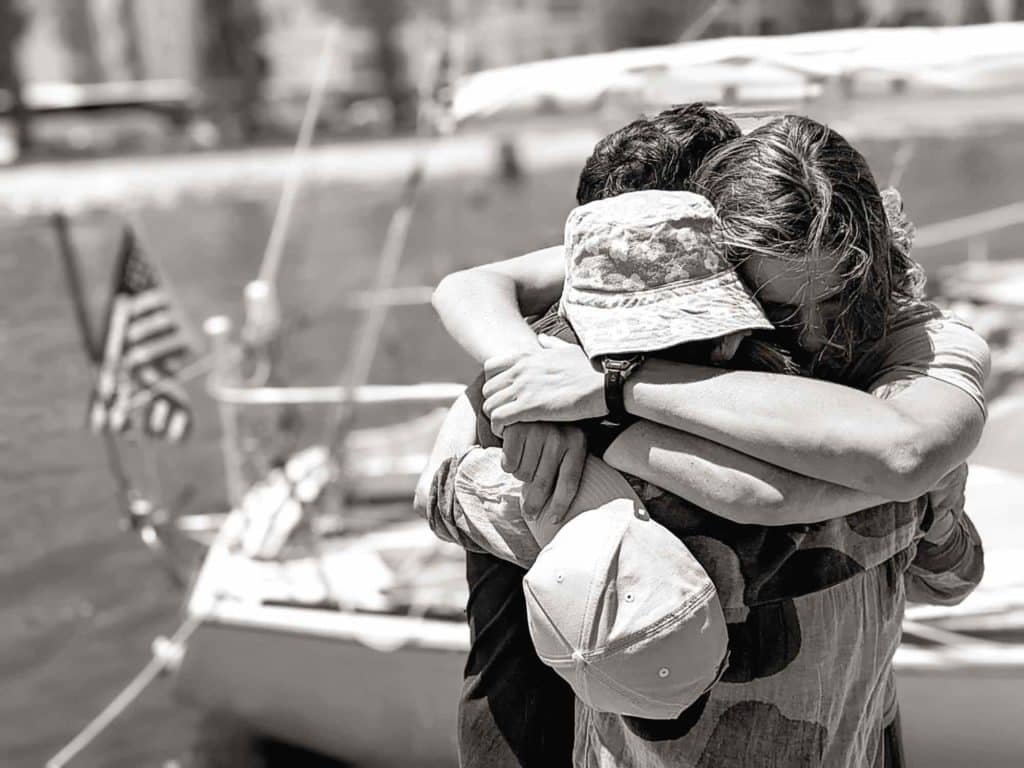
When teenager Cal Currier, with no real sailing experience, got the notion to sail alone across the Atlantic, he had the support not only of his tight knit clan, but also of some helpful mariners he encountered along the way.

You really haven’t lived until you’re shouting your lat/lon into the VHF radio as your main battery banks go underwater.
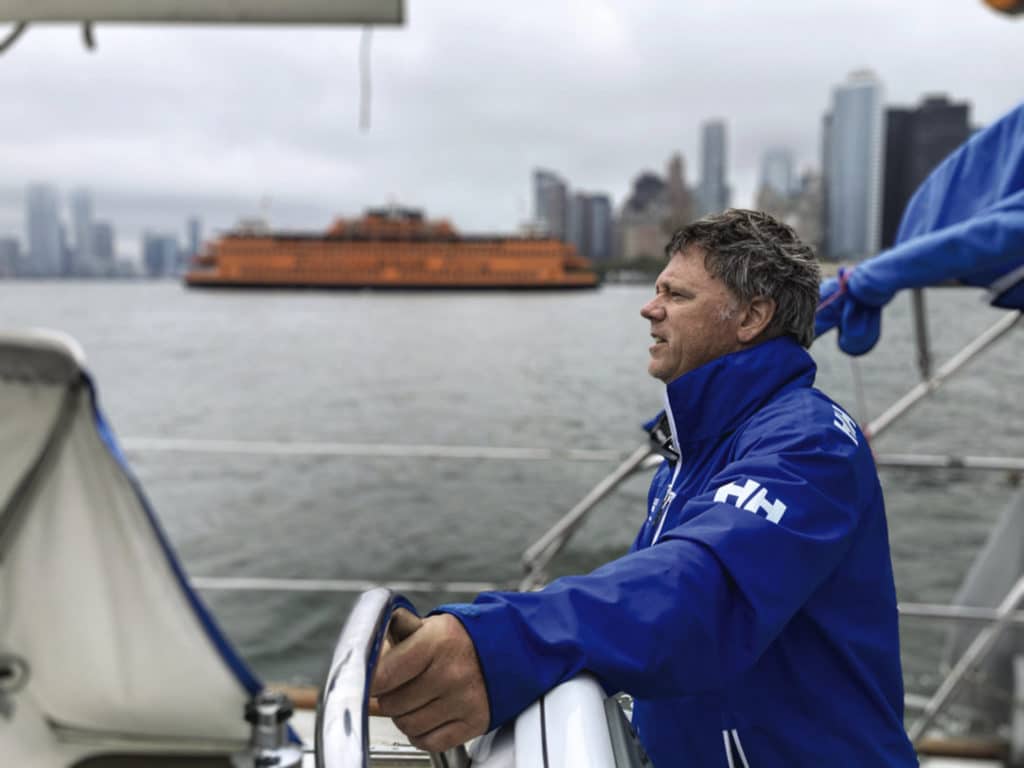
We couldn’t know what unexpected themes would emerge until we did the unimaginable– untied our lines and set off.
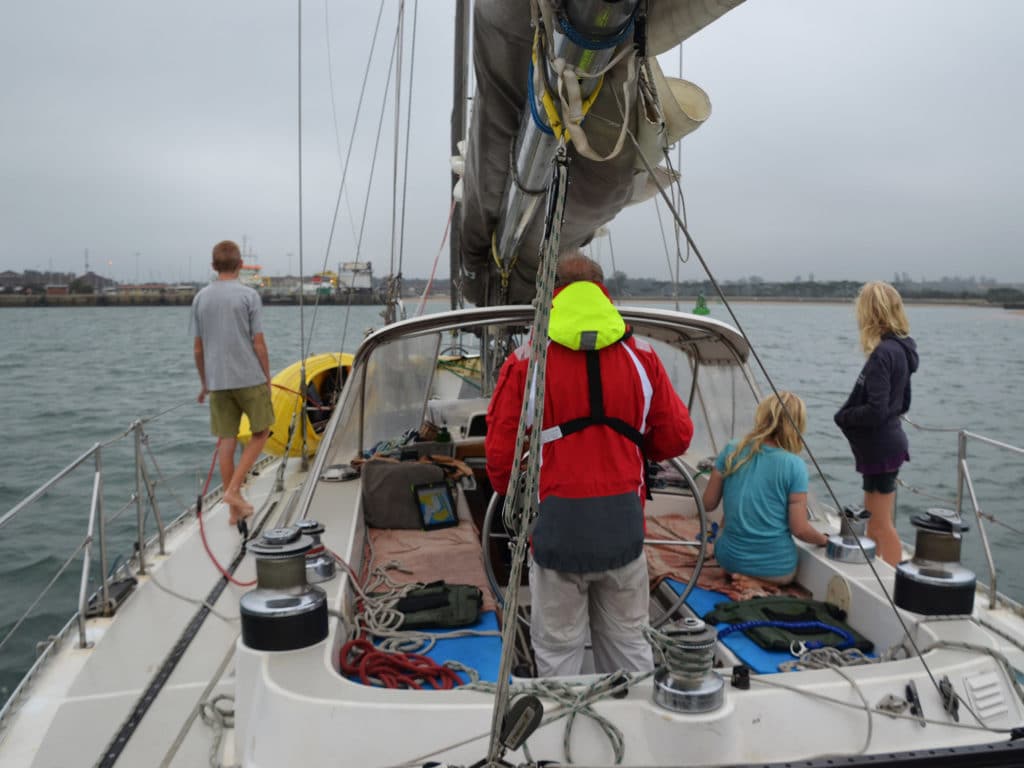
Communicating with crew and guests before they arrive can solve problems before they start.
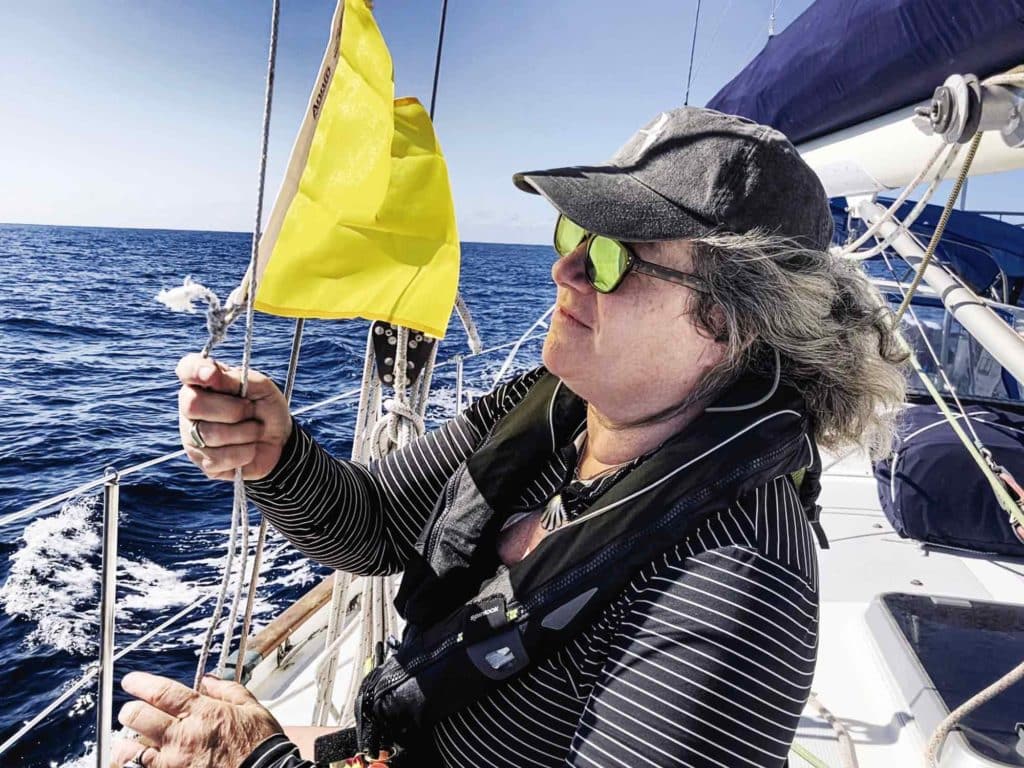
Old-school pencil-on-paper vector piloting is the key to crossing the Gulf Stream.
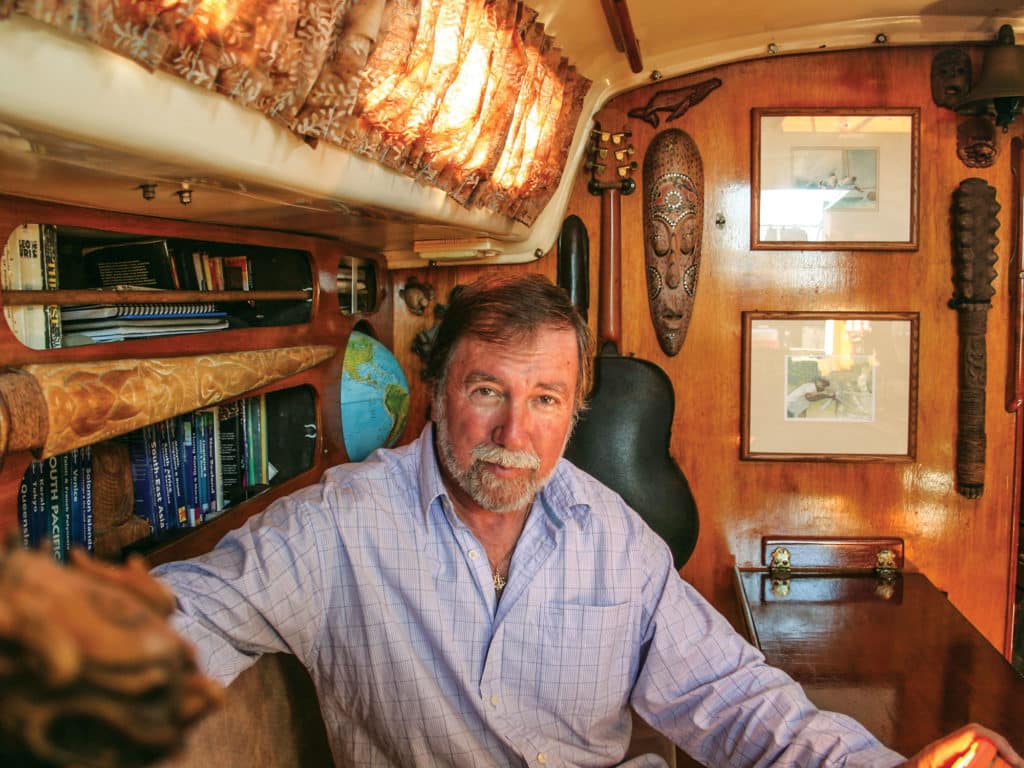
Fatty Goodlander knows how to keep a nervous crew member calm: by keeping them busy—and never allow talk of launching the liferaft.
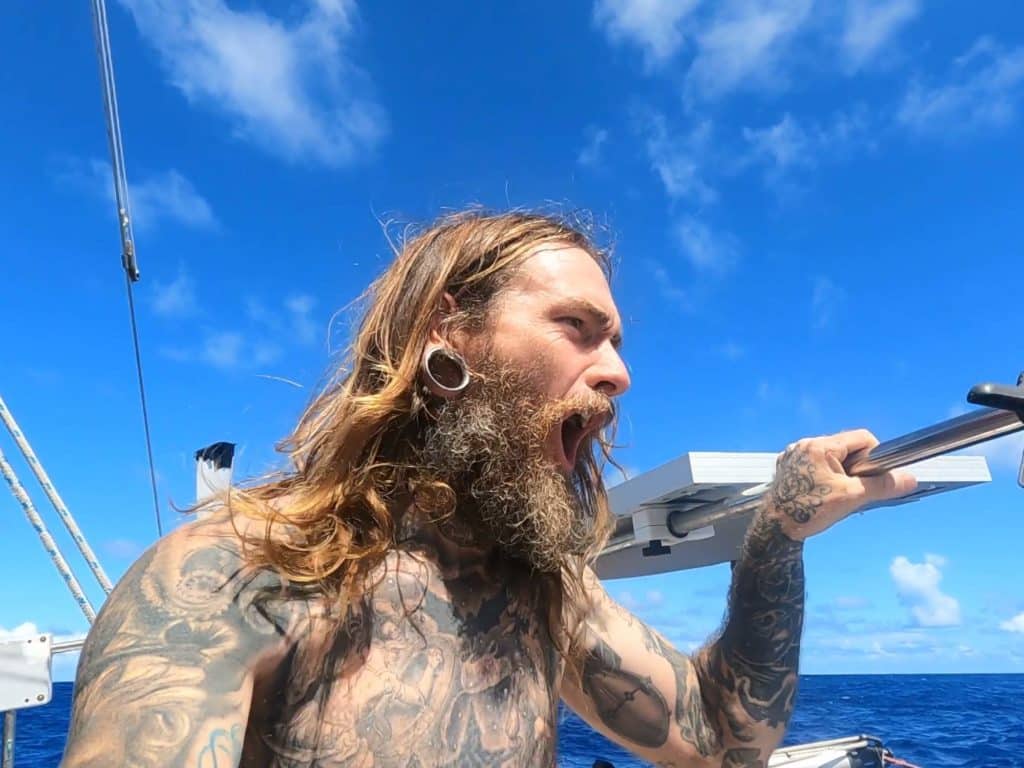
James Frederick’s 32 days alone across the Pacific included 1,000 miles without a rudder.
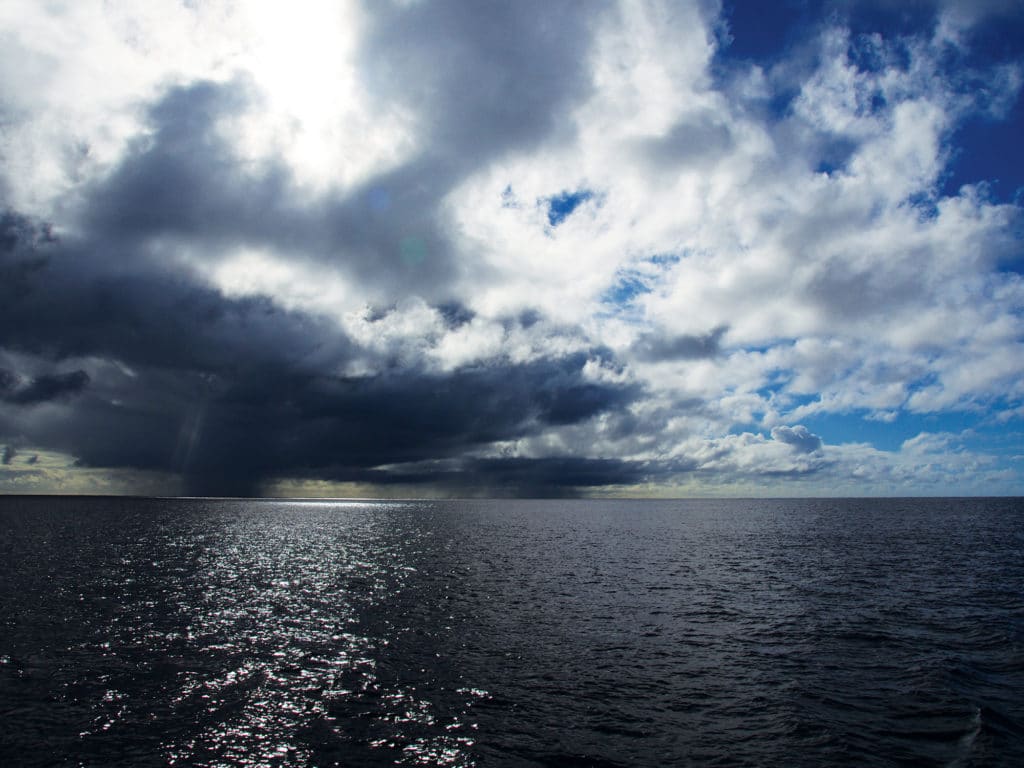
After eight seasons sailing the South Pacific, the crew of Sparkman & Stephens 41 Pitufa have learned to embrace their morning rituals of coffee, convergence zones, and surface analysis charts.
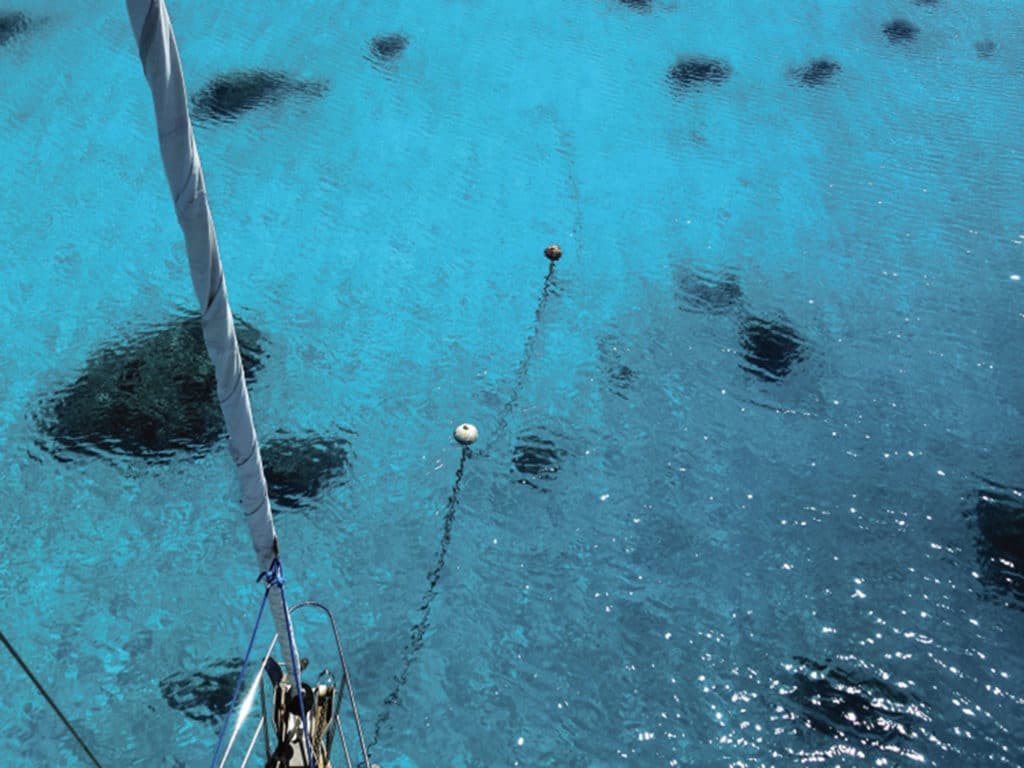
Setting the hook where it’s safe for your boat and the coral takes some time to get right.
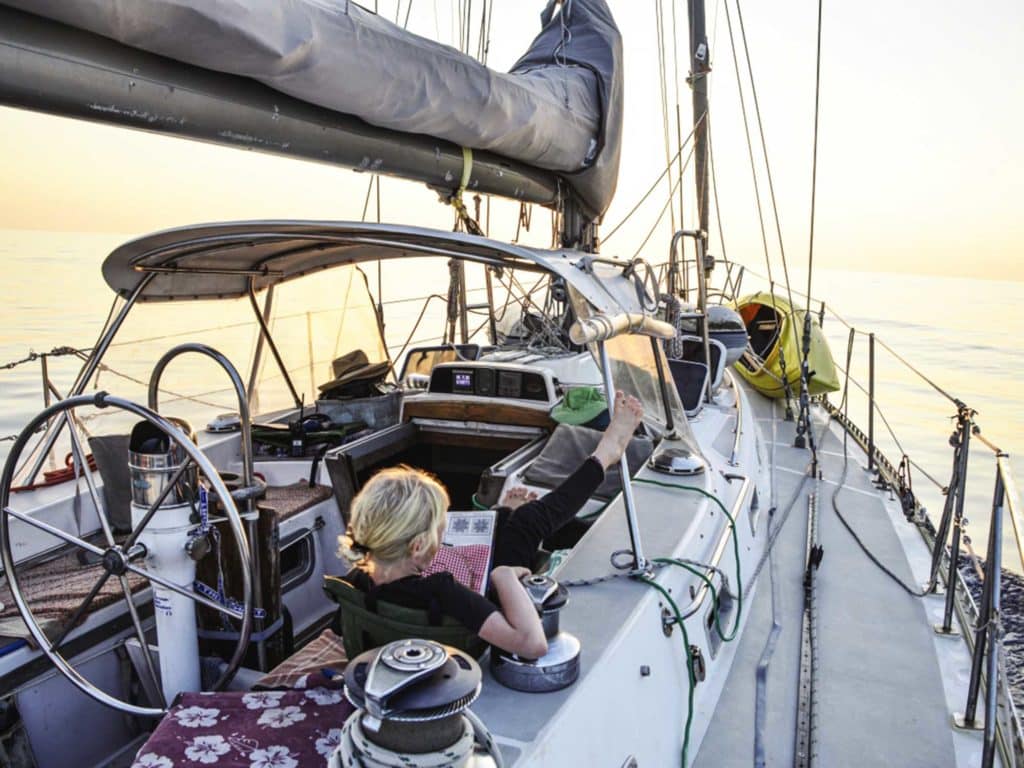
When planning a long offshore passage or a season of passages, look at the big picture first and make sure the plan includes multiple options.
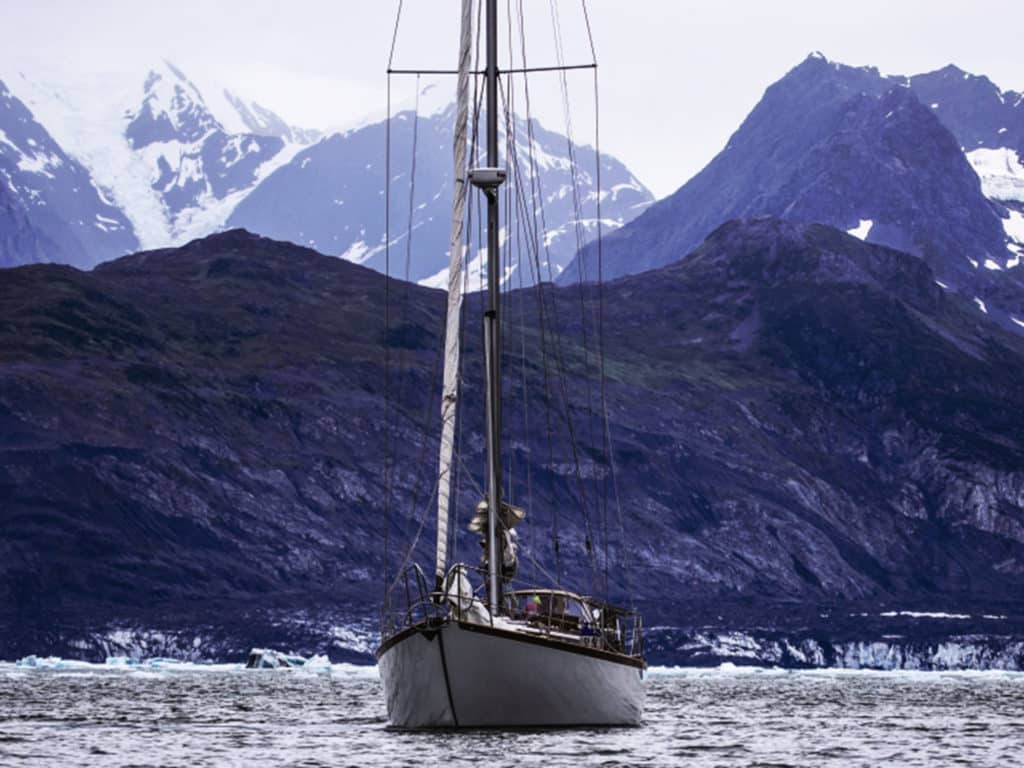
High-latitude cruising and winter sailing require adequate preparations.

These radome-enclosed, Doppler-enabled radars can bolster situational awareness and safety.

When teenager Cal Currier, with no real sailing experience, got the notion to sail alone across the Atlantic, he had the support not only of his tight knit clan, but also of some helpful mariners he encountered along the way.

You really haven’t lived until you’re shouting your lat/lon into the VHF radio as your main battery banks go underwater.

We couldn’t know what unexpected themes would emerge until we did the unimaginable– untied our lines and set off.

Communicating with crew and guests before they arrive can solve problems before they start.

Old-school pencil-on-paper vector piloting is the key to crossing the Gulf Stream.

Fatty Goodlander knows how to keep a nervous crew member calm: by keeping them busy—and never allow talk of launching the liferaft.

James Frederick’s 32 days alone across the Pacific included 1,000 miles without a rudder.

After eight seasons sailing the South Pacific, the crew of Sparkman & Stephens 41 Pitufa have learned to embrace their morning rituals of coffee, convergence zones, and surface analysis charts.

Setting the hook where it’s safe for your boat and the coral takes some time to get right.

When planning a long offshore passage or a season of passages, look at the big picture first and make sure the plan includes multiple options.

High-latitude cruising and winter sailing require adequate preparations.
Sign up for Cruising World emails to receive features on travel destinations, event listings and product reviews as well as special offers on behalf of Cruising World’s partners.
By signing up you agree to receive communications from Cruising World and select partners in accordance with our Privacy Policy. You may opt out of email messages/withdraw consent at any time.